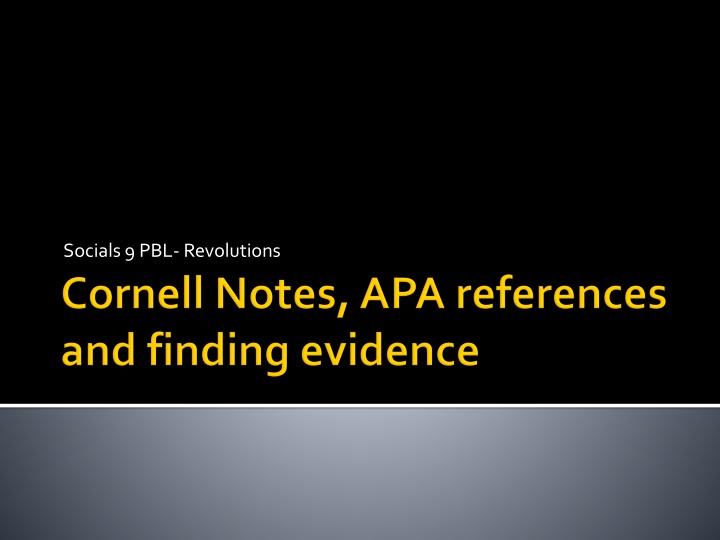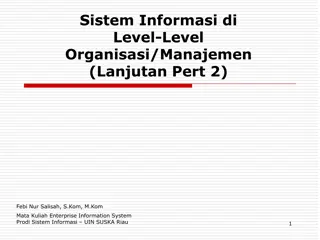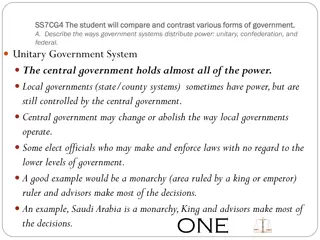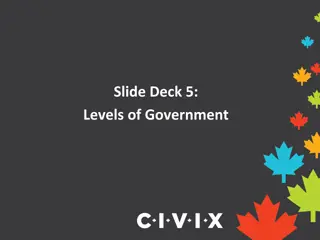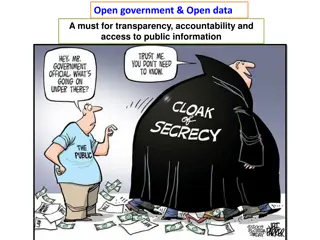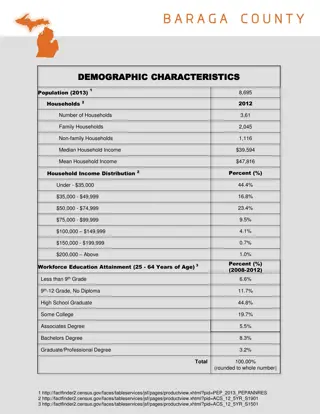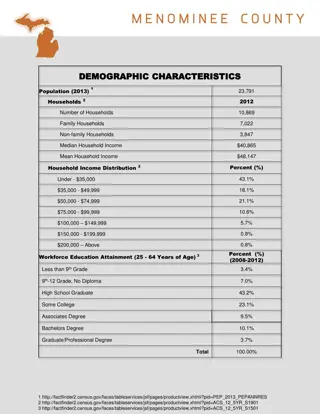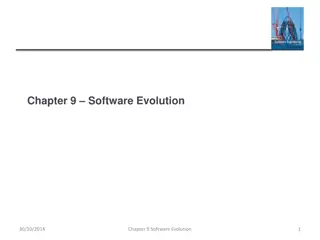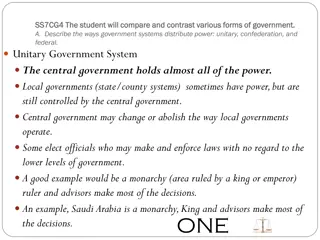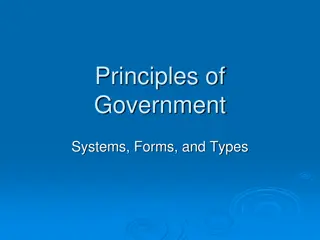Evolution of Government Systems
Explore the historical evolution of government systems from Monarchy to Democracy, highlighting key characteristics, transitions, and challenges. Discover how the relationship between citizens and their government has transformed over time, shaping the course of political history.
Download Presentation

Please find below an Image/Link to download the presentation.
The content on the website is provided AS IS for your information and personal use only. It may not be sold, licensed, or shared on other websites without obtaining consent from the author.If you encounter any issues during the download, it is possible that the publisher has removed the file from their server.
You are allowed to download the files provided on this website for personal or commercial use, subject to the condition that they are used lawfully. All files are the property of their respective owners.
The content on the website is provided AS IS for your information and personal use only. It may not be sold, licensed, or shared on other websites without obtaining consent from the author.
E N D
Presentation Transcript
Very efficient Keeps notes organized Focuses on what s important Gets information into both short-and long- term memory you remember more!
For more details on each step click here
Create format Organize notes Review and revise Note key ideas Exchange ideas by collaborating with peers Link learning to create a summary Use as a Learning tool
Use abbreviations that make sense to you Underlinekey ideas Add detail, not length
Review and Revise! 1. Look at your notes 2. Identify the first major chunk or idea 3. Write a the key idea or a question that this chunk answers 4. Continue to do that with each chunk in your notes
http://www.uhv.edu/StudentSuccessCenter/s tudy/pdf/cornell.notetaking.pdf
Cite all sources that influences your work- even if you are paraphrasing Keep track of ALL information you collect! Easybibis a tool-the real work must be done by you!
Purpose: help readers find sources you used References should be alphabetical Double space the reference list Use hanging indent paragraph style
Complete citation may require searching! Authors and dates are often listed at the bottom of websites
Just because you found it on the internet does not mean it should be referenced as a website
Is it a credible source? Who is the author/creator? Are they qualified? Is your information recent or outdated? Why was it written? Is it biased? Do other sources support these ideas? What does it mean if you can t answer these questions?
Be thoughtful and ask good questions Search keywords, not full sentences The internet is a tool-you must do the work Be patient-the best answer may not be Google-able! Make connections between data
Libraries Books Newspapers Magazines Interviews Public records Museums Political cartoons Maps Radio Scholarly journals Laws/legislation Videos, music, art pieces
ACTIVITY: Who is the most successful musician in 2014? How will you base this decision? What data will you use?
